The Cosmic Ornament: Unveiling The Secrets Of NGC 2359
The Cosmic Ornament: Unveiling the Secrets of NGC 2359
Related Articles: The Cosmic Ornament: Unveiling the Secrets of NGC 2359
Introduction
In this auspicious occasion, we are delighted to delve into the intriguing topic related to The Cosmic Ornament: Unveiling the Secrets of NGC 2359. Let’s weave interesting information and offer fresh perspectives to the readers.
Table of Content
The Cosmic Ornament: Unveiling the Secrets of NGC 2359
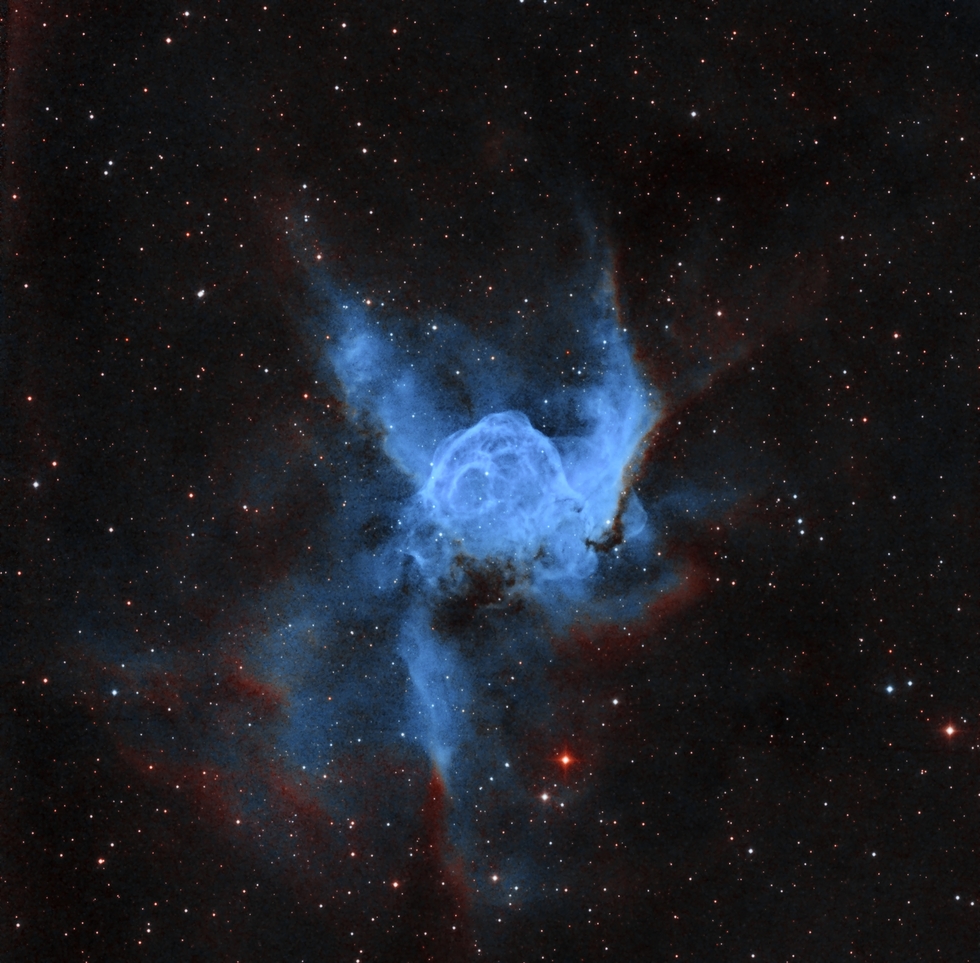
The universe is a canvas of celestial wonders, and among its most captivating creations is NGC 2359, a nebula often referred to as the "Thor’s Helmet" or the "Christmas Tree Nebula." This celestial spectacle, located approximately 15,000 light-years away in the constellation Canis Major, is a testament to the dynamic and awe-inspiring nature of the cosmos.
A Symphony of Gas and Dust:
NGC 2359 is a classic example of an emission nebula, a vast cloud of interstellar gas illuminated by the intense radiation of a nearby star. In this case, the star responsible for this celestial illumination is a Wolf-Rayet star, a massive, hot, and extremely luminous star nearing the end of its life. These stars are known for their powerful stellar winds, which expel massive amounts of gas and dust into the surrounding space.
This stellar wind, traveling at incredible speeds, interacts with the surrounding interstellar medium, creating a shockwave that compresses and heats the gas. This heated gas then emits light, giving the nebula its vibrant colors. The dominant color of NGC 2359 is a brilliant red, produced by hydrogen atoms excited by the intense radiation from the Wolf-Rayet star.
The Shape of a Cosmic Ornament:
The nebula’s captivating shape, resembling a helmet or a Christmas tree, is a result of the complex interplay between the stellar wind and the surrounding interstellar medium. The central, bright region of the nebula, resembling a helmet’s crest or the top of a Christmas tree, is formed by a dense concentration of gas and dust directly impacted by the stellar wind.
The surrounding, fainter regions, resembling the helmet’s sides or the branches of the Christmas tree, are formed by the expanding shockwave as it interacts with the surrounding interstellar medium. The intricate details of the nebula, its intricate tendrils and wispy filaments, are further shaped by magnetic fields, which guide the flow of gas and dust within the nebula.
A Window into Stellar Evolution:
NGC 2359 is not merely a beautiful object; it is also a crucial laboratory for understanding stellar evolution. The Wolf-Rayet star at the heart of the nebula is a fleeting stage in the life of a massive star. These stars, much larger and more massive than our Sun, burn through their nuclear fuel at an astonishing rate, leading to a rapid evolution and a dramatic demise.
By studying the Wolf-Rayet star and its interaction with the surrounding nebula, astronomers can glean insights into the final stages of stellar evolution, including the formation of supernovae and the dispersal of heavy elements into the interstellar medium. These elements, forged in the heart of dying stars, are the building blocks of new stars and planets, making the cycle of stellar evolution a fundamental process in the universe.
The Importance of NGC 2359:
NGC 2359 serves as a reminder of the dynamic and ever-changing nature of the cosmos. It showcases the power and beauty of stellar winds, the complexity of interstellar interactions, and the importance of stellar evolution in shaping the universe. It is a testament to the vastness of space and the intricate processes that govern the lives of stars.
Frequently Asked Questions:
Q1: What is the size of NGC 2359?
A: NGC 2359 spans approximately 30 light-years across, making it a significant structure in the vastness of space.
Q2: How long will NGC 2359 exist?
A: The lifespan of the nebula is directly tied to the lifespan of the Wolf-Rayet star at its core. As the star nears the end of its life, it will eventually explode as a supernova, scattering its material into the surrounding space and extinguishing the nebula’s glow.
Q3: What other celestial objects are near NGC 2359?
A: NGC 2359 is located in the constellation Canis Major, which is home to a variety of celestial objects, including the star Sirius, the brightest star in the night sky.
Q4: How can I observe NGC 2359?
A: NGC 2359 is a faint object, requiring a telescope with a moderate aperture to observe. It is best viewed in dark skies, away from light pollution.
Q5: What are the future prospects of NGC 2359?
A: NGC 2359’s future is tied to the fate of its central star. As the Wolf-Rayet star nears the end of its life, it will eventually explode as a supernova, scattering its material into the surrounding space and extinguishing the nebula’s glow.
Tips for Observing NGC 2359:
- Use a telescope with a moderate aperture: A telescope with an aperture of at least 8 inches will provide sufficient light-gathering power to observe the faint details of the nebula.
- Choose a dark sky location: Avoid light pollution, which can obscure the faint glow of the nebula.
- Use a low-power eyepiece: This will allow you to capture a wider field of view, encompassing the entire nebula.
- Allow your eyes to adapt to the darkness: Give your eyes at least 30 minutes to adjust to the dark before attempting to observe the nebula.
- Use a nebula filter: A nebula filter can help to enhance the contrast between the nebula and the surrounding sky, making it easier to observe.
Conclusion:
NGC 2359, often referred to as the "Thor’s Helmet" or the "Christmas Tree Nebula," is a captivating example of a celestial spectacle, a testament to the dynamic and awe-inspiring nature of the cosmos. This emission nebula, illuminated by a Wolf-Rayet star, reveals the beauty and complexity of stellar evolution and the intricate interplay of gas, dust, and radiation in the interstellar medium. It serves as a reminder of the vastness of space and the intricate processes that govern the lives of stars, leaving us in awe of the universe’s wonders.

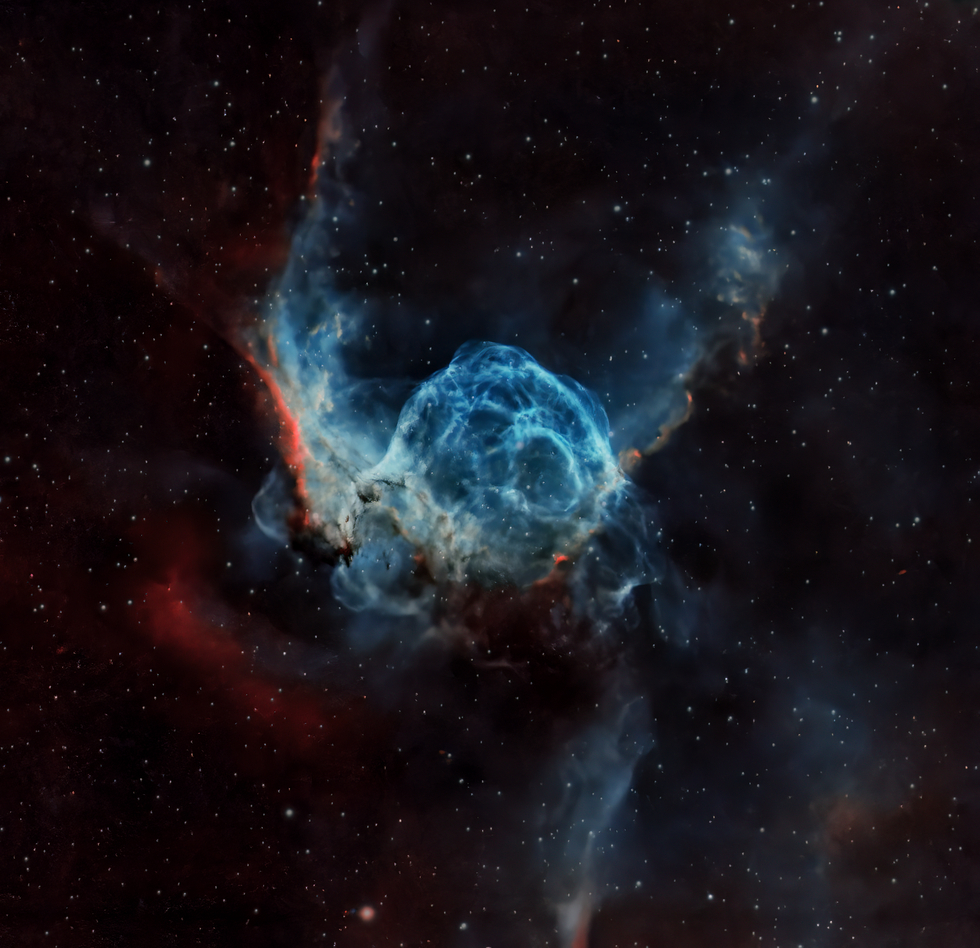
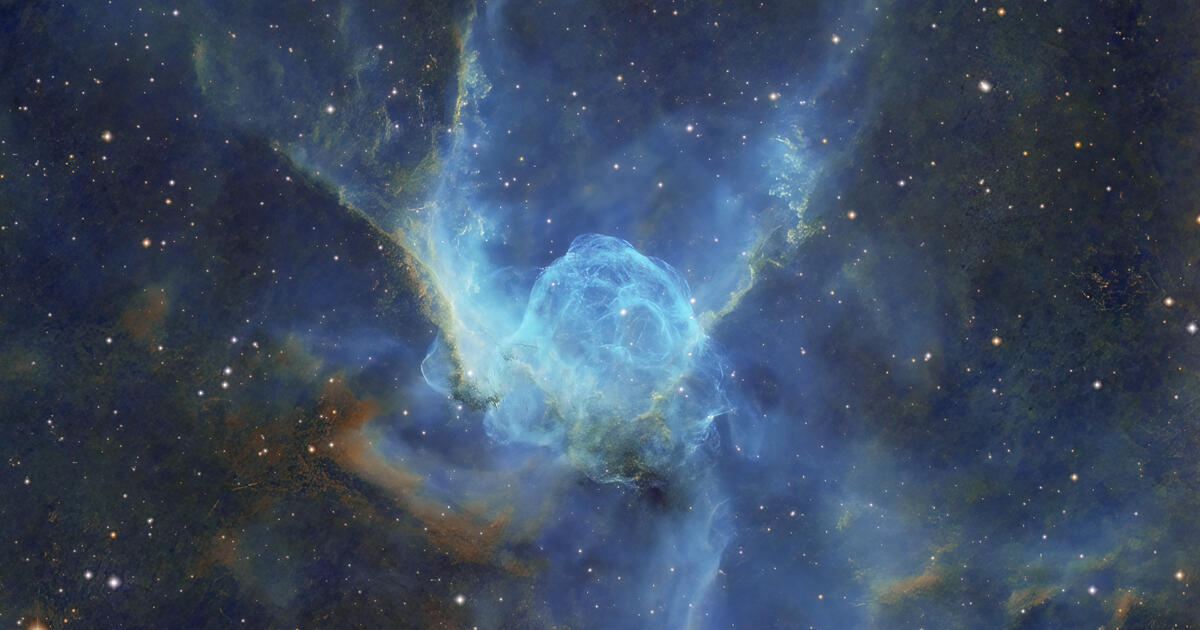

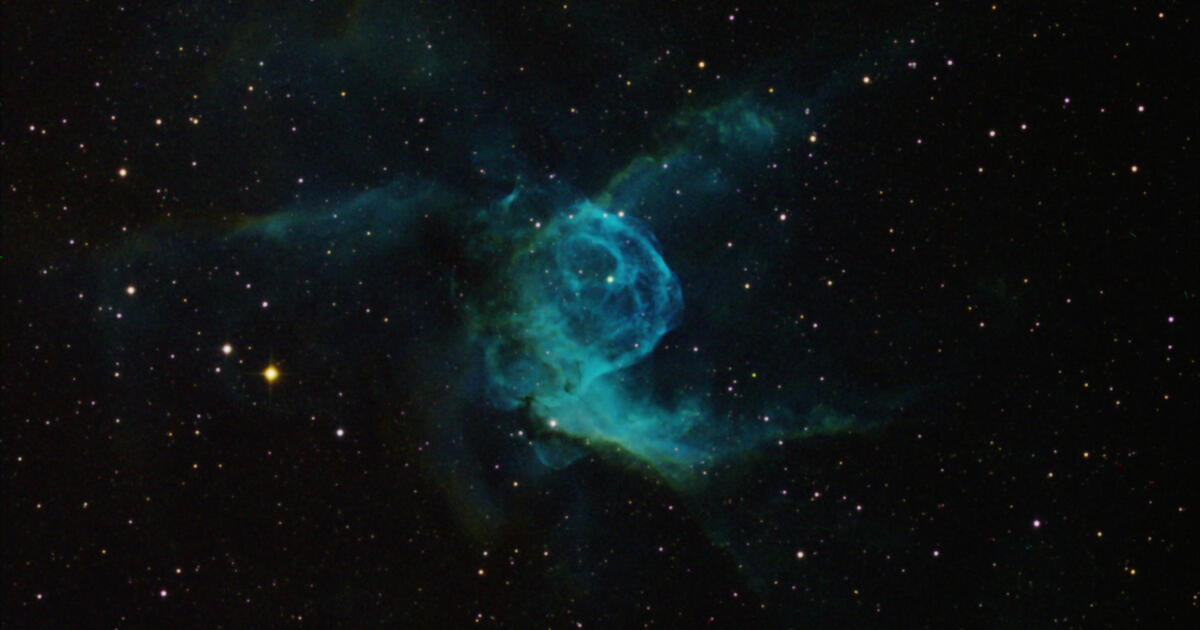
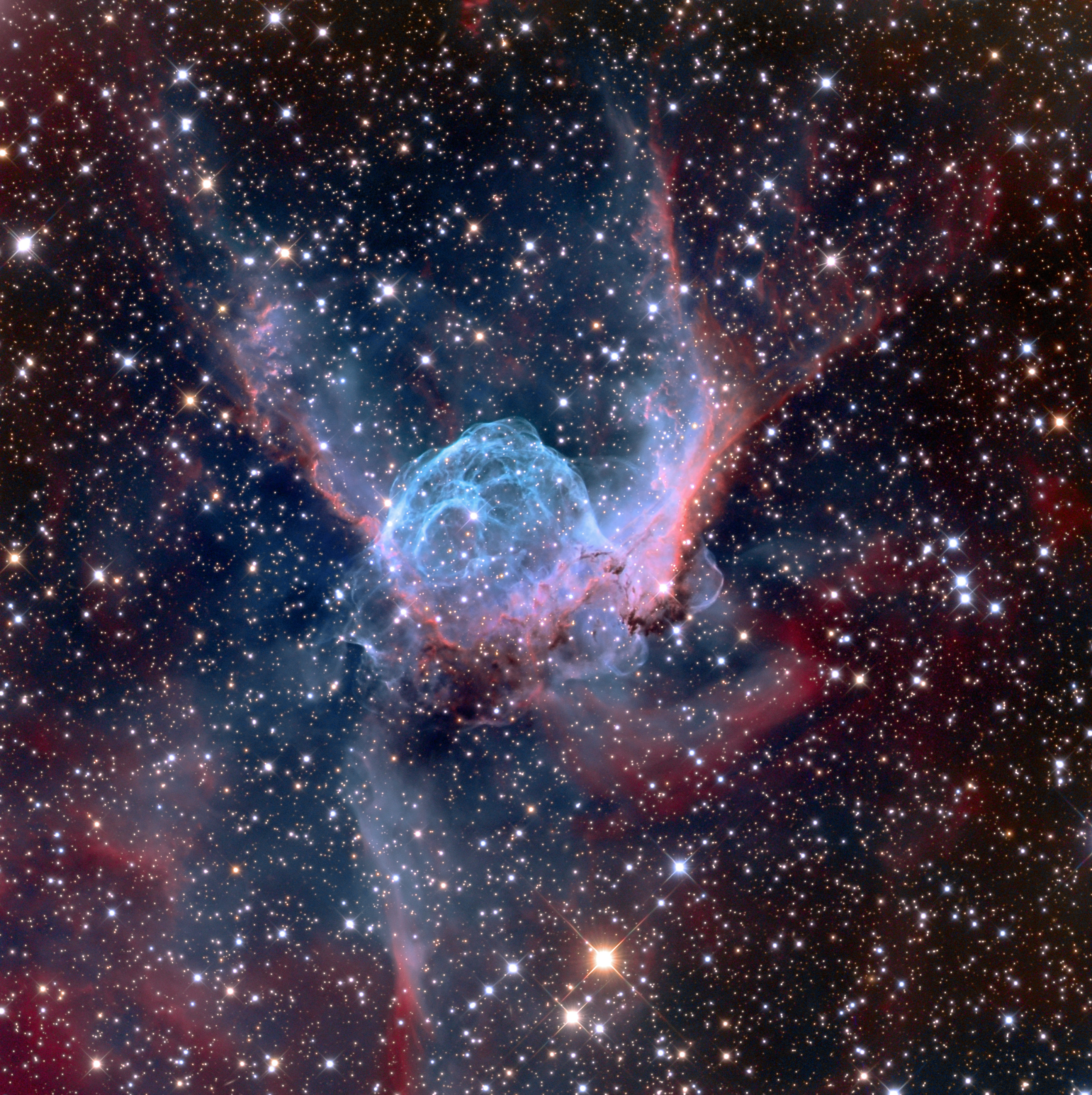
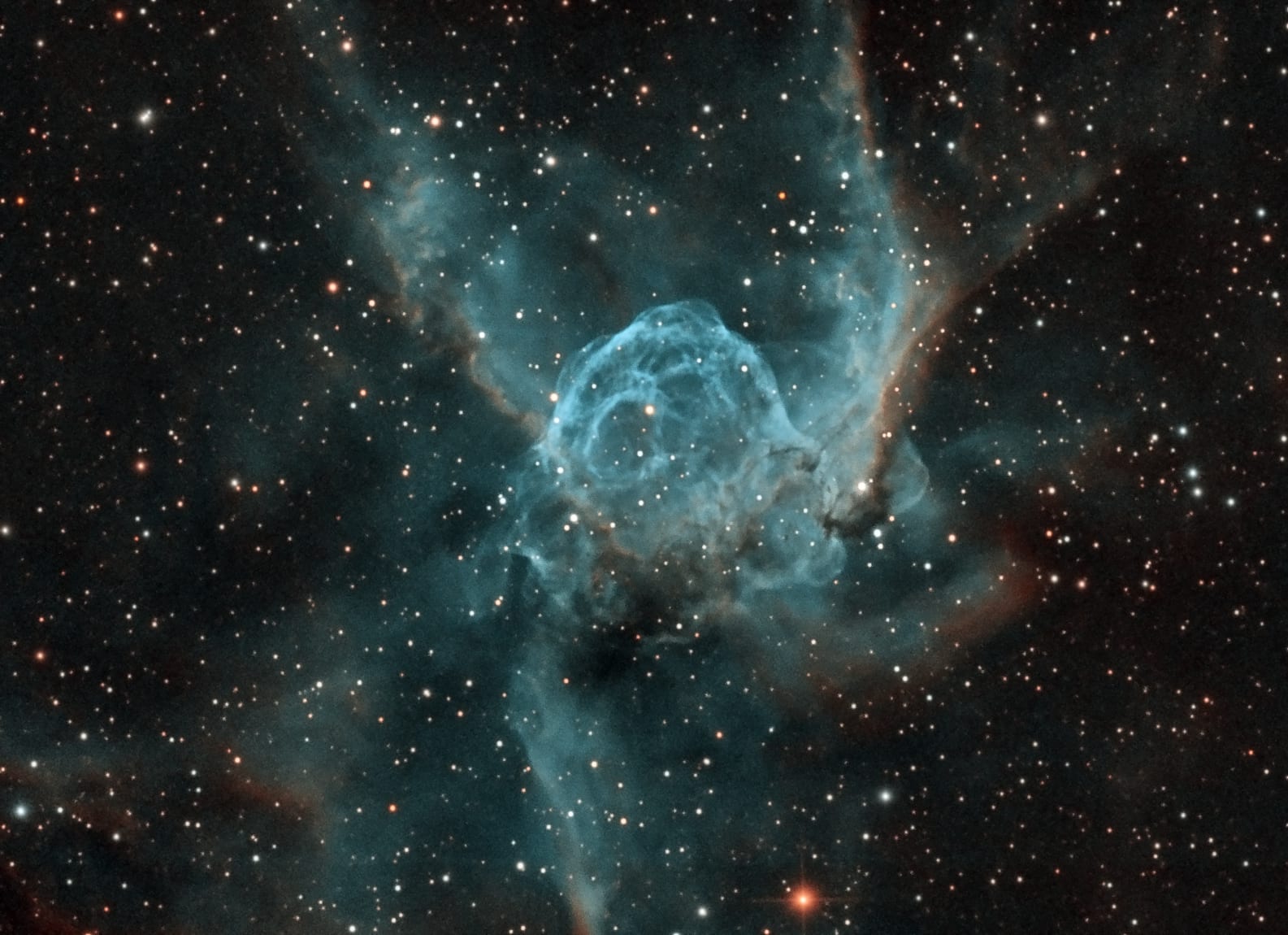
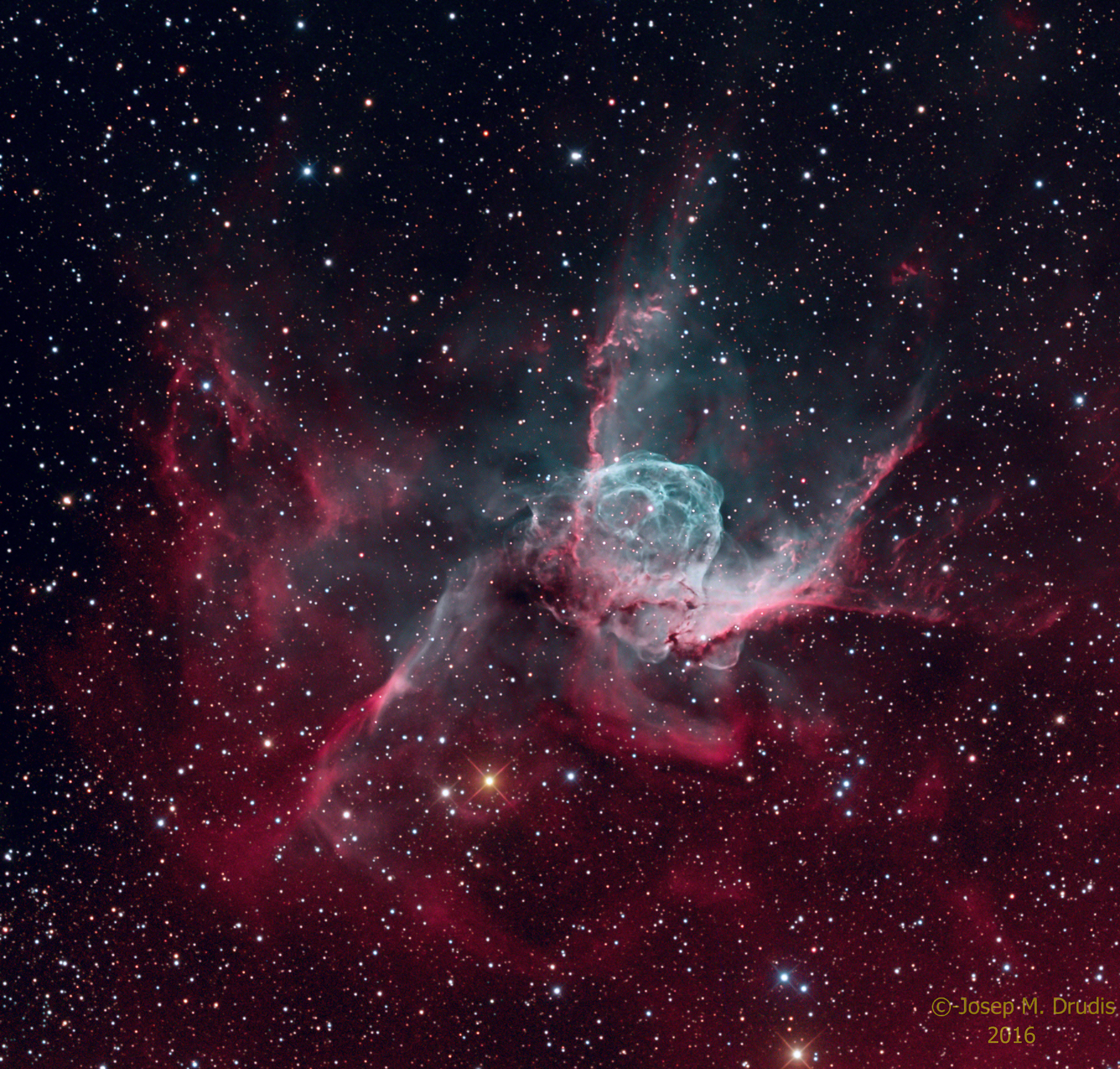
Closure
Thus, we hope this article has provided valuable insights into The Cosmic Ornament: Unveiling the Secrets of NGC 2359. We thank you for taking the time to read this article. See you in our next article!
Leave a Reply